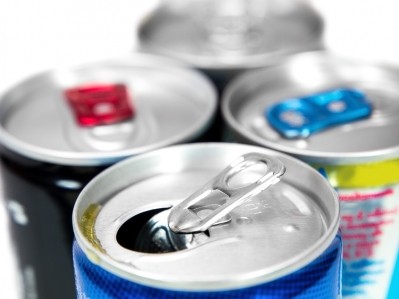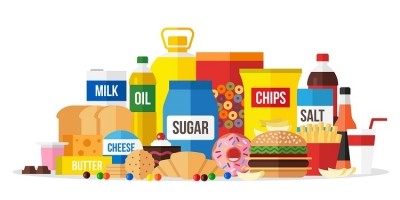WHO calls for age ban on HFSS digital marketing in Europe

A new report from the WHO Regional Office for Europe focusing on the digital marketing of food products that are high in fat, sugar and salt (HFSS), has called for greater monitoring of advertising aimed at children and adolescents.
Digital marketing strategies for alcohol and tobacco products were also addressed in the report (available here).
The WHO recommends two ‘practical actions’: a monitoring method known as the CLICK Tool – designed to assess the extent of children’s exposure to digital marketing – and recommendations for policymakers across the bloc.
Why crack down on advertising?
Noncommunicable diseases (NCDs) are the major cause of death worldwide. Yet according to the WHO, many of these cases could be prevented.
NCDs cover cancer, diabetes, cardiovascular and chronic respiratory disease, which account for 86% of deaths and 77% of the disease burden in the WHO European Region.
By addressing major risk factors beginning in childhood, including poor diet, these figures could be reduced, said the WHO.
“We are in a new and emerging regulatory environment, in which WHO has a role in ensuring that technology and policy innovation is harnessed effectively to ensure that brands respect and protect children’s right to health. In this digital age, children must be able to participate in a safe and health-promoting online environment.” - Dr João Breda, WHO Regional Office for Europe.
The organisation has criticised the advertising industry for lax regulations on social media and ‘difficult-to-track’ mobile devices, which allow food and drinks firms to target youths.
This has been exacerbated by the growth of digital and social media: children today are exposed to a greater amount of online marketing due to an increase in ‘screen time’ on portable devices.
While Member States have made progress in monitoring and addressing the inappropriate marketing of HFSS foods, the WHO said self-regulation by the advertising industry is not the answer.
Regulating HFSS advertising: Who is doing what, where?
The UK has banned the inclusion of HFSS product advertisements in children’s media and other media where children make up 24% or more of the audience in non-broadcast media environments. Transport for London revised its advertising policy last month to ban the promotion of HFSS food and beverage items across the tube network.
Spain has two different self-regulation schemes in place, where the marketing of unhealthy foods aimed at children under 15 on the internet is banned, while in other media the age limit is set at 12 years.
Ireland has implemented a voluntary code of practice to limit the promotion and marketing of HFSS foods, with a social media-related provision: ‘Marketing communications for HSS food by means of social media shall not target children under the age of 15’.
A self-regulatory scheme has been adopted in Norway, designed to limit marketing specifically aimed at children under 13.
Latvia and Lithuania both have laws relating to the marketing and sale of energy drinks to young under 18 years of age.
A two-step process
The aim of the report is to “establish a panel-based methodology that can be implemented in a standard way across Member States to benchmark and highlight issues to regulators and policymakers.”
To reach that objective, more work is required to assess the extent of children’s actual exposure to digital marketing on a regular basis. This can then be leveraged by Member States to “call for and catalyse national action”.
The CLICK Tool is a five-step process offering a framework for Member States to understand and map the global, national and regional digital marketing ecosystem, to understand children’s online habits.
The CLICK Tool
Comprehend the digital ecosystem
Landscape of campaigns
Investigate exposure
Capture on-screen
Knowledge sharing
Advertising campaigns, both free and paid-for, will be assessed under the CLICK Tool via partnerships with ad agencies, academics, and national governments. The Tool also offers a framework for Member States to develop partnerships with young people, policymakers, parents and civil society to advocate change, raise awareness and influence policy.
The report suggests three Proposed Policy Prerequisites aimed at government, policymakers, academics, civil society and public health practitioners:
- age verification of online users
- tagging of marketing campaigns to flag up material to which access should be restricted for a young audience
- regulation to ensure that these data points are combined and consistently applied to prevent serving of restricted-category advertisements to underage ad impression
The WHO suggests a small number of countries in Europe pilot these policies, ahead of a wider rollout. “It could be of benefit to select countries with existing legislation that could be supplemented by the Proposed Policy Prerequisites.”
























